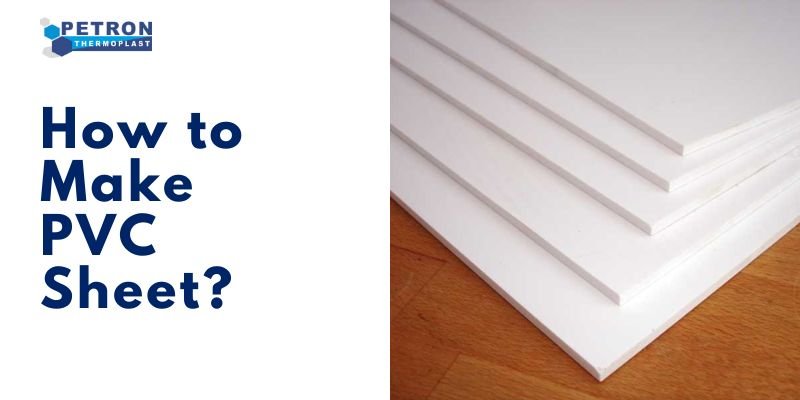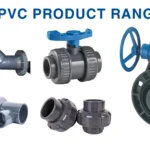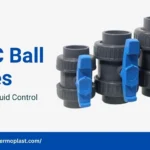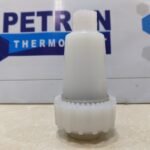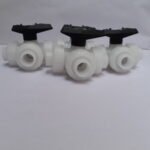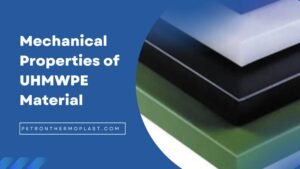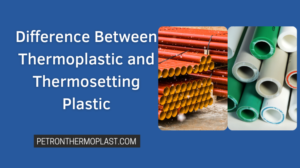PVC sheet is a versatile and widely used material in various industries, including construction, automotive, packaging, and more. This type of sheet is known for its durability, chemical resistance, and low cost, making it a popular choice for numerous applications. In this comprehensive guide, we will explore the step-by-step process of making PVC sheet, from raw materials to the final product.
Understanding PVC (Polyvinyl Chloride)
Before diving into the manufacturing process, let’s briefly understand what PVC is. Polyvinyl Chloride, commonly known as PVC, is a synthetic polymer derived from the vinyl chloride monomer. It is produced through a polymerization process that involves combining vinyl chloride molecules to form long chains, resulting in the creation of PVC resin – the primary raw material for PVC sheet production.
Raw Materials for PVC Sheet Production
The first step in making PVC sheet is to gather all the necessary raw materials. These include:
- Vinyl Chloride Monomer (VCM): Obtained from the chemical reaction between ethylene and chlorine, VCM is the essential building block of PVC.
- PVC Resin: As mentioned earlier, PVC resin is the result of polymerizing vinyl chloride molecules. It provides the base structure for the PVC sheet.
- Plasticizers: Plasticizers are added to the PVC resin to improve its flexibility and workability. Phthalate-based plasticizers have been widely used, but due to environmental concerns, alternative plasticizers like bio-based ones are gaining popularity.
- Stabilizers: Stabilizers help prevent PVC from degrading during the manufacturing process by providing thermal stability and preventing oxidation.
- Fillers and Pigments: Various fillers and pigments may be added to enhance specific properties or add color to the PVC sheet.
PVC Sheet Manufacturing Process
The production of PVC sheet involves several stages, each contributing to the final product’s quality and characteristics. Let’s explore the step-by-step process of making PVC sheet:
1. Polymerization
The journey to creating PVC sheet begins with polymerization. In this stage, the vinyl chloride monomer (VCM) undergoes a process called polymerization, where multiple VCM molecules link together to form polymer chains. This process is typically achieved through either suspension polymerization or emulsion polymerization.
2. Production of PVC Resin
After the polymerization process, the resulting product is PVC resin. This resin is in the form of small particles, often referred to as PVC resin granules. These granules will serve as the base material for the PVC sheet.
3. Compounding
The next step is compounding, where the PVC resin is mixed with various additives to improve its properties. Plasticizers, stabilizers, fillers, and pigments are precisely measured and blended with the PVC resin to create a homogenous mixture.
4. Extrusion
Once the PVC compound is ready, it is fed into an extruder, a machine that melts the mixture to form a uniform molten mass. The molten PVC is then forced through a die, which imparts the desired shape and thickness to the sheet. The extrusion process can be either calendering or flat-die extrusion, depending on the type of sheet being manufactured.
5. Cooling and Sizing
After the extrusion process, the freshly formed PVC sheet undergoes cooling to solidify its shape and size. Proper cooling is essential to prevent warping or deformities in the final product. The sheet is then trimmed and cut to the required dimensions.
6. Embossing (Optional)
In some cases, the PVC sheet may undergo an embossing process to add textures or patterns to its surface. This is achieved through the use of embossing rollers, which press the desired design onto the sheet during the cooling process.
7. Surface Treatment (Optional)
For specific applications, the PVC sheet may undergo surface treatment to enhance its properties. Surface treatments can include corona treatment to improve printability or the application of coatings to increase chemical resistance.
8. Quality Control
Throughout the manufacturing process, strict quality control measures are employed to ensure the PVC sheet meets the required standards and specifications. Various tests, such as tensile strength, tear resistance, and thickness measurements, are conducted to verify the sheet’s quality.
9. Packaging
Once the PVC sheets pass the quality checks, they are carefully packaged to protect them during transportation and storage. Proper packaging helps prevent any damage or contamination that could affect the sheet’s performance.
Applications of PVC Sheet
PVC sheets find extensive use in a wide range of applications due to their inherent characteristics and cost-effectiveness. Some common applications include:
- Construction: PVC sheets are widely used in construction for roofing, wall cladding, and flooring applications. Their water resistance and durability make them suitable for outdoor use.
- Automotive: PVC sheets are used in the automotive industry for interior trims, door panels, and seat covers. The ability to add textures and colors through embossing and printing enhances their aesthetics.
- Packaging: PVC sheets are utilized for blister packaging, clamshells, and other forms of transparent packaging due to their excellent transparency and formability.
- Signage and Displays: PVC sheets are a popular choice for creating signage, display boards, and advertising materials because of their lightweight and printable surface.
- Electrical Insulation: PVC sheets with high dielectric strength are used for electrical insulation purposes.
- Marine: PVC sheets are used in marine applications, such as boat windows and hatches, due to their resistance to moisture and saltwater.
- Medical: In the medical field, PVC sheets are employed for medical packaging, tubing, and IV bags due to their inertness and biocompatibility.
Environmental Considerations
While PVC sheets offer numerous advantages, it’s essential to consider their environmental impact. PVC is a widely debated material due to its use of chlorine and the potential release of toxic by-products during its lifecycle. However, advancements in manufacturing processes have led to the development of eco-friendly PVC and recycling initiatives, reducing its environmental footprint.
Conclusion
PVC sheets are an incredibly versatile and valuable material used across various industries. Understanding the detailed process of making PVC sheet provides insights into the effort and expertise involved in producing this ubiquitous material. From the polymerization of vinyl chloride monomers to the extrusion of the final sheet, each step contributes to the unique properties and applications of PVC sheets. As technology advances, we can expect further innovations in the production of PVC sheets, ensuring their relevance and sustainability in the years to come.
You may also like – Polycarbonate Sheet | Acrylic Plastic Sheet | Peek Material
FAQs:
Which material is PVC sheet?
PVC sheet is made from Polyvinyl Chloride (PVC) resin, a synthetic polymer derived from vinyl chloride monomer. It is known for its durability, chemical resistance, and versatility in various industries.
What is the raw material of PVC?
The raw material of PVC is vinyl chloride monomer (VCM), which is derived from the chemical reaction between ethylene and chlorine. VCM is polymerized to form PVC resin for manufacturing PVC sheets.
Is PVC sheet waterproof?
Yes, PVC sheets are waterproof. PVC’s inherent properties make it highly resistant to moisture and water, making it an ideal material for various applications, such as roofing, outdoor signage, and marine use.
Is PVC sheet strong?
Yes, PVC sheet is known for its strength and durability. Its inherent properties, including chemical resistance and low cost, make it a popular choice for various applications in different industries.
- Why UPVC is the Best Choice for Piping & Plumbing Systems?
- The Growing Demand for PVDF Filters in Semiconductor Manufacturing
- The Future of UPVC Ball Valves in Industrial Fluid Control
- Why PVDF Check Valves Are the Best Choice for Harsh Chemical Environments
- Top PVDF Ball Valve Manufacturers: Quality, Durability & Performance

